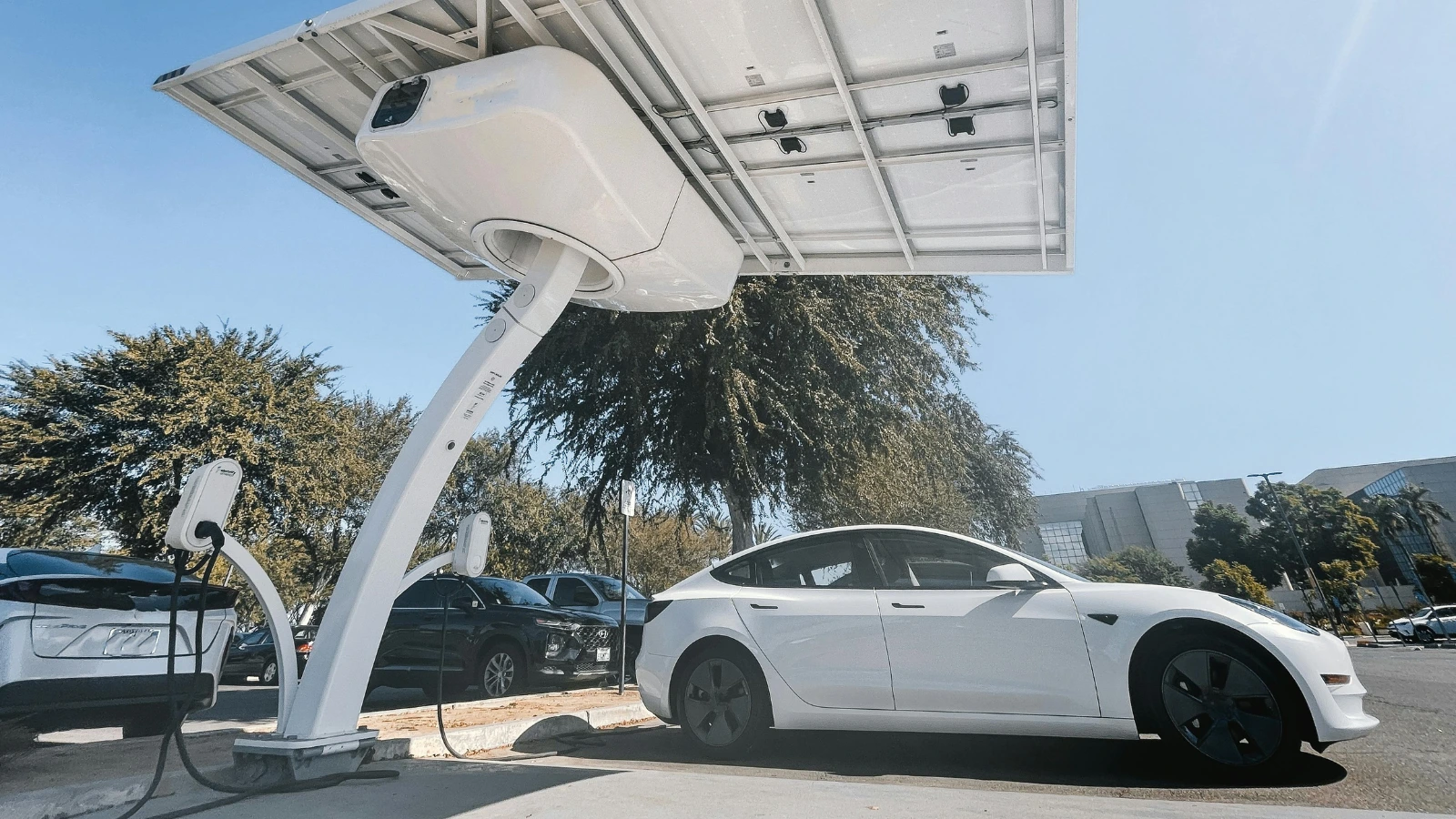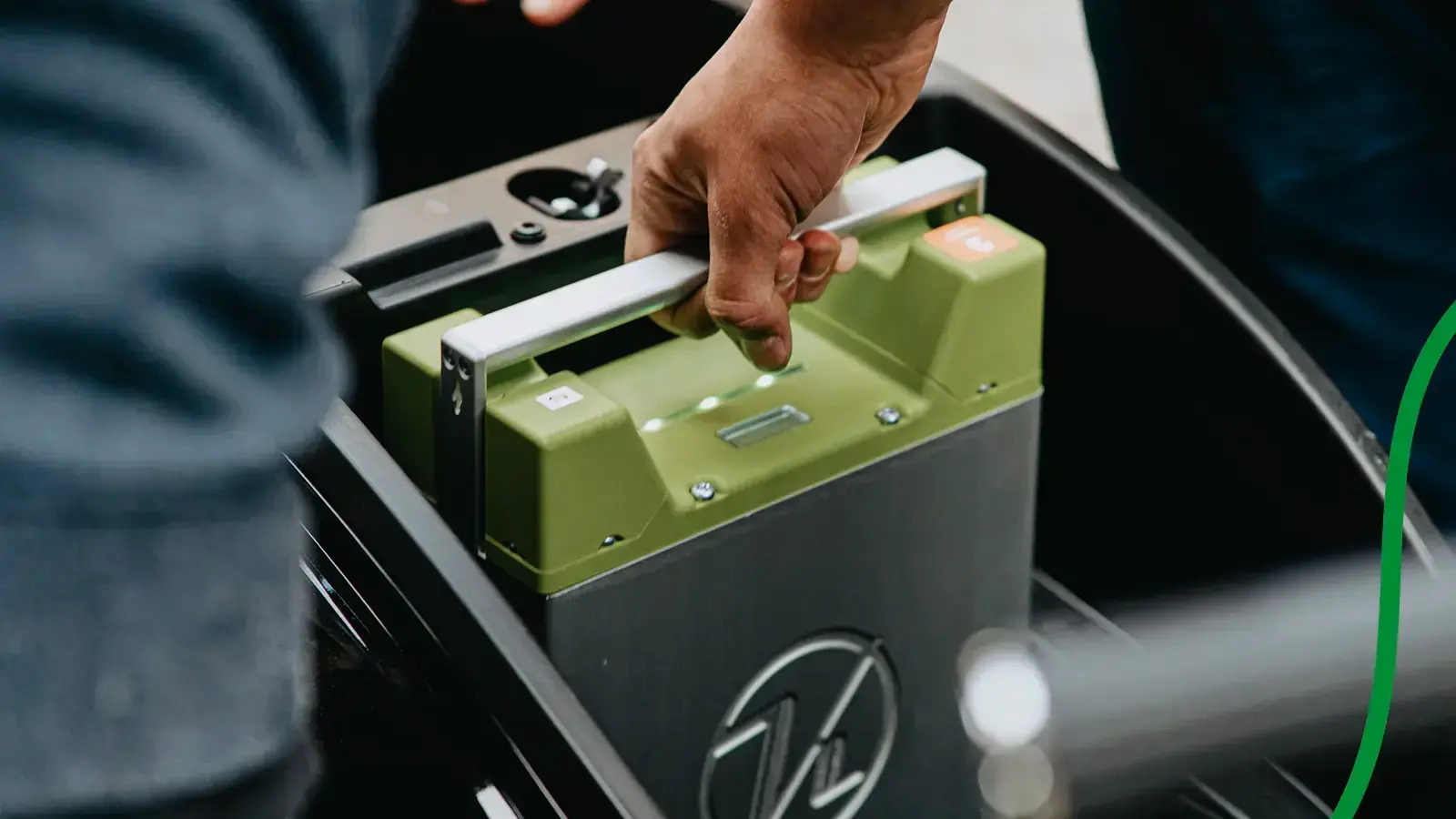Incentives Aren’t Guaranteed for Everyone
Electric vehicle (EV) incentives can make a significant difference in the cost of buying or leasing a plug-in car. However, qualifying is not as simple as picking any EV off the lot. Eligibility is based on a combination of factors including your income, the vehicle’s specifications and price, how the vehicle is used, and even where it is built. As policies evolve, so do the rules.
Whether you are buying new or used, or considering leasing, it is important to understand who qualifies, why the rules change, and what to watch for.
1. Income-Based Eligibility
Many EV incentives, especially federal and state tax credits, have income caps to prioritize middle- and lower-income buyers.
Federal income limits for the clean vehicle credit (new EVs):
- Single filers: $150,000 or less
- Head of household: $225,000 or less
- Joint filers: $300,000 or less
If your income is above these limits, you do not qualify for the federal credit for new EVs, even if the vehicle meets all other requirements.
For used EVs, the caps are lower:
- Single filers: $75,000 or less
- Head of household: $112,500 or less
- Joint filers: $150,000 or less
2. Vehicle Price and Assembly Requirements
Federal incentives also have price caps to limit eligibility to more affordable models:
- Cars: MSRP under $55,000
- SUVs, vans, and trucks: MSRP under $80,000
In addition:
- Final assembly must occur in North America
- The vehicle must meet battery component and critical mineral sourcing requirements for full credit eligibility
Some trims of the same model may qualify while others do not. Always confirm eligibility through the GreenCars EV Incentives Tool or the IRS list of qualifying vehicles.
3. New vs. Used Vehicle Requirements
Used EV incentives have their own rules:
- Vehicle must be at least two model years old
- Purchase price must be $25,000 or less
- Must be purchased from a licensed dealer (not a private party)
- Buyer cannot have claimed a used EV credit in the past three years
These rules are designed to expand EV access to more buyers, particularly those seeking lower upfront costs.
4. Leasing Offers More Flexibility, But Not for Long
If you do not qualify for incentives due to income, price, or sourcing limitations, leasing has been a common workaround. In many cases:
- The leasing company claims the federal credit
- The credit can be passed on to you as a discount at the point of sale
- Vehicle sourcing and battery requirements have not applied under this arrangement
Important: This leasing flexibility ends on September 30, 2025. After that date, leased vehicles must meet the same eligibility requirements as purchased EVs.
5. Why Incentive Eligibility Keeps Changing
EV incentives are influenced by policy, trade, and technology shifts. Changes may occur due to:
- New legislation, such as the Inflation Reduction Act or other federal bills
- Adjustments to battery sourcing and mineral requirements
- Trade agreements that impact eligible countries
- Changes in where vehicles are manufactured or assembled
For example, an EV that qualifies for the full credit today may lose eligibility next year if its battery sourcing changes or its MSRP increases above the cap.
Final Thoughts
Qualifying for EV incentives depends on more than simply owning an electric car. Your income, the vehicle’s specifications and price, where it is built, and how you choose to buy or lease all matter. With federal credits and current leasing flexibility ending after September 30, 2025, timing your purchase is more important than ever. Use tools like the GreenCars EV Incentive Tool to check real-time eligibility for your state, your income, and your chosen vehicle.
You’ve Completed the EV Incentives Course
Continue your learning with more GreenCars guides:
← Go Back: Types of EV Incentives: Rebates, Credits, Perks
Explore More Courses: GreenCars 101 →












